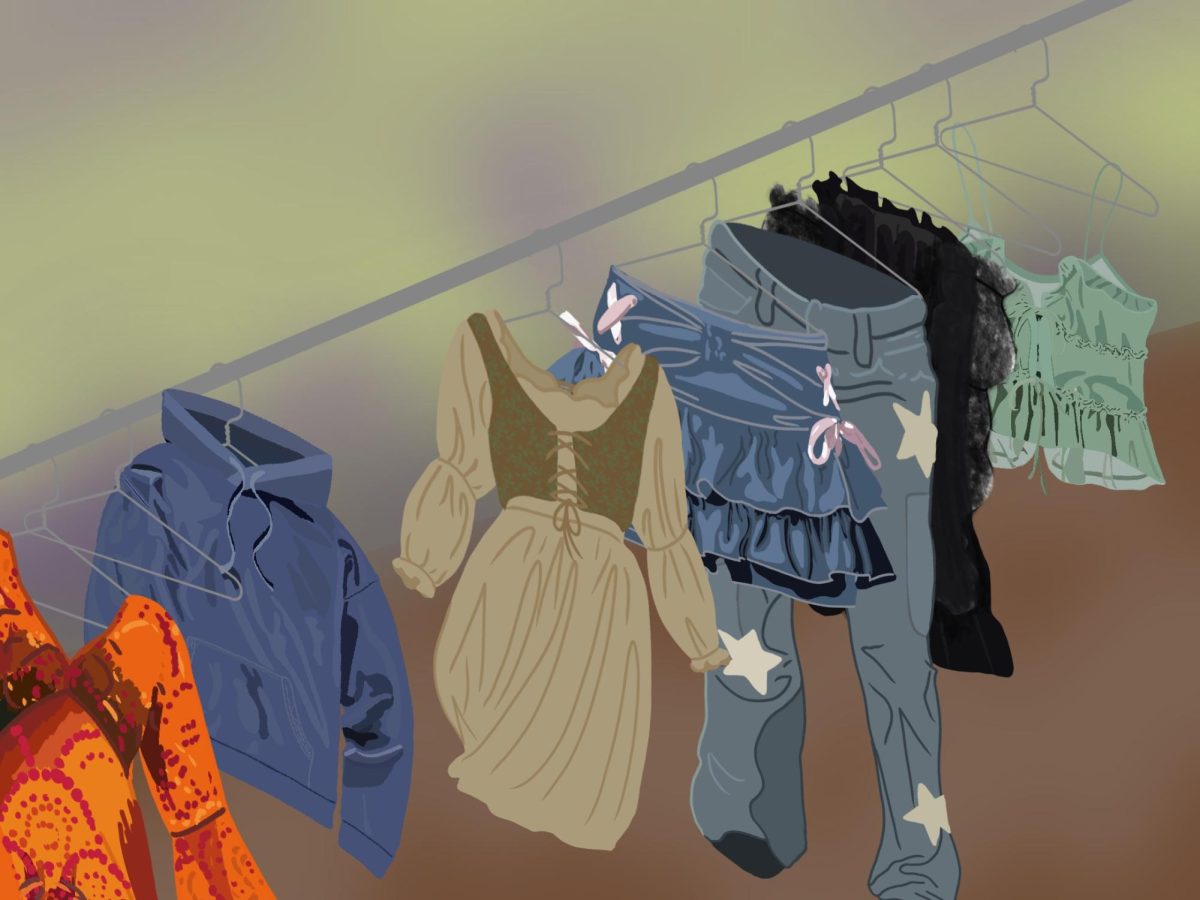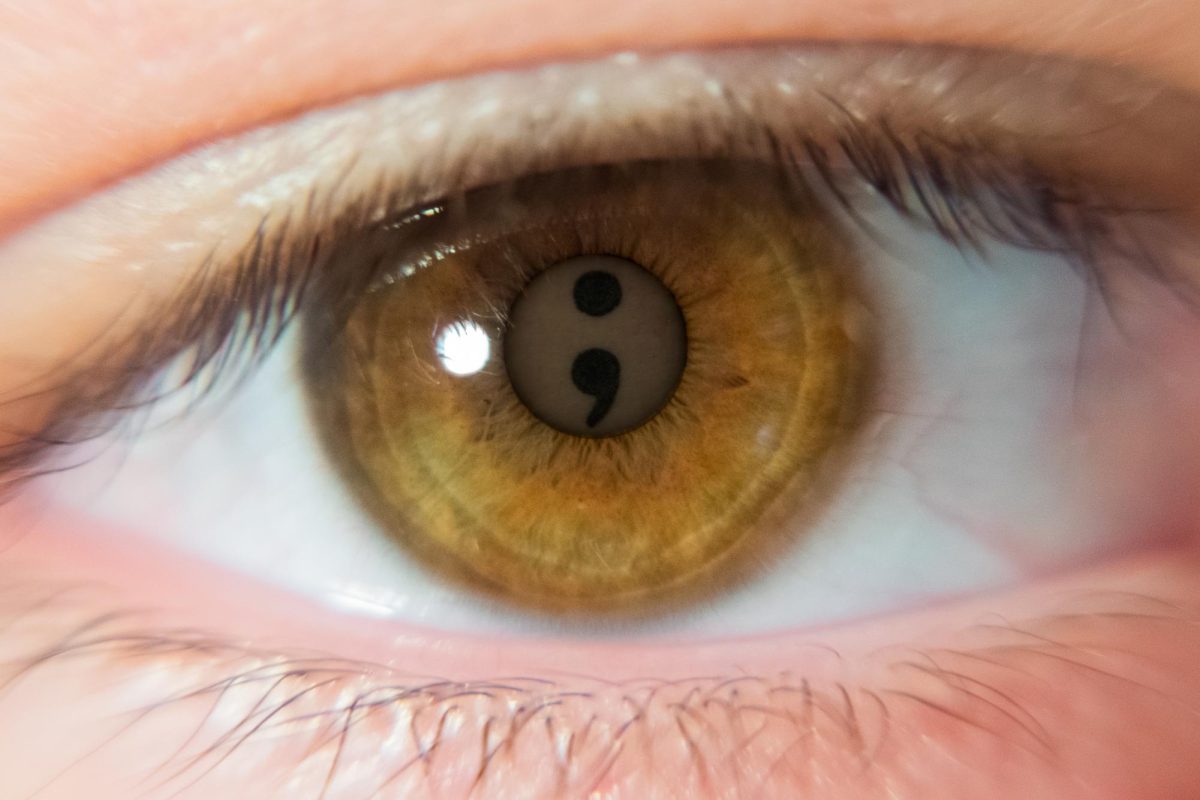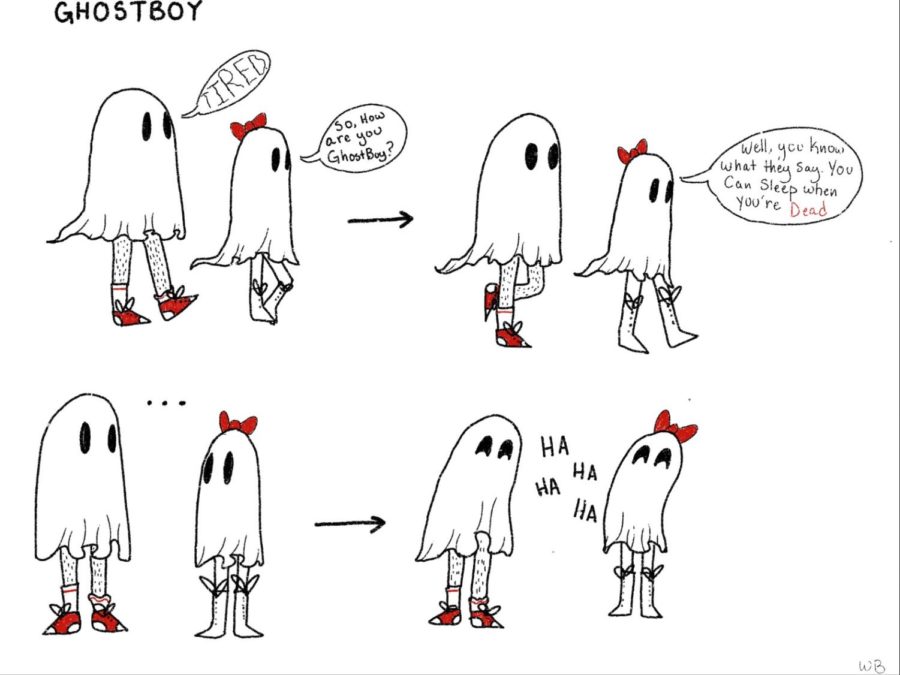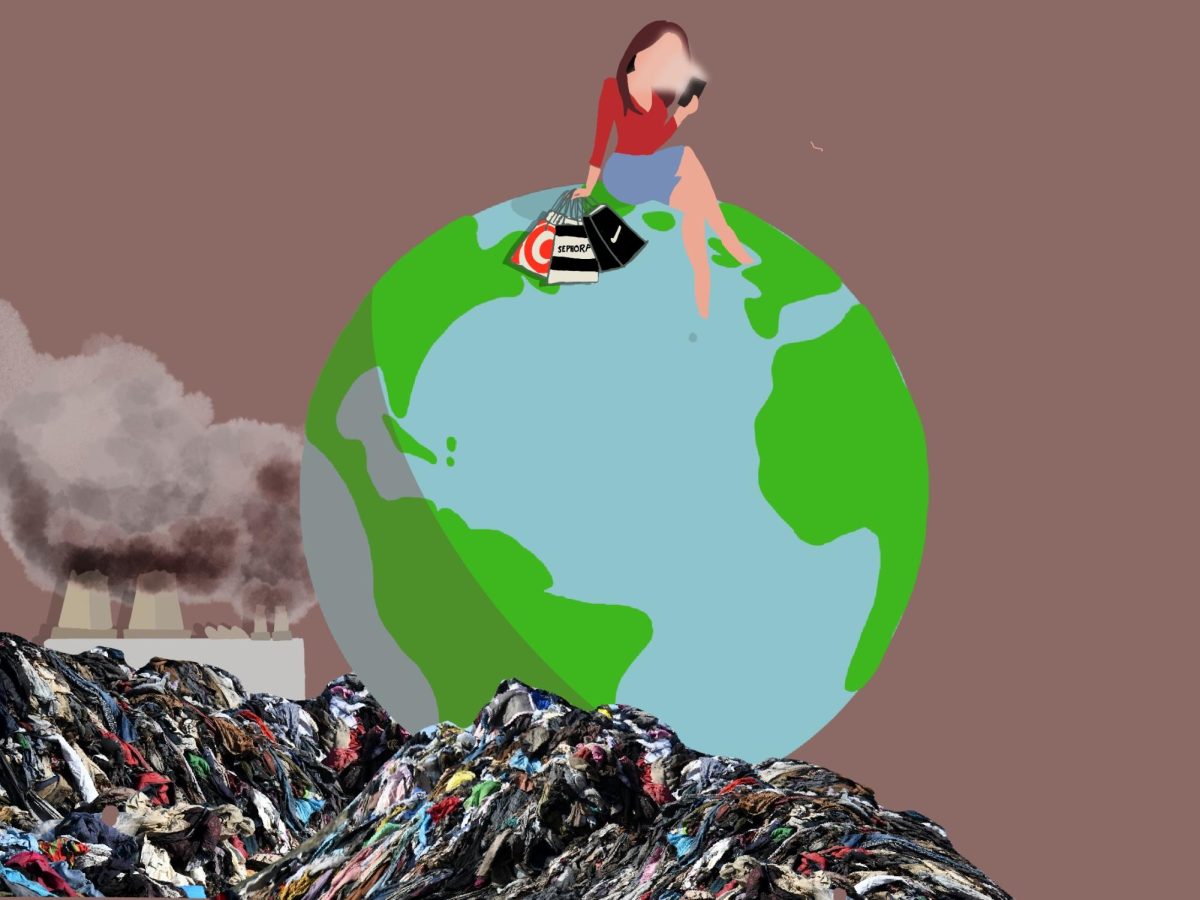Imagine a world where all of our precious resources are stretched so thin that future generations are left with nothing but remnants of what our society used to be. Our world as we know it is quickly spiraling down a dark path to a desolate dystopian future, where all we are left with is the residual debris of our over-consuming culture. This nightmare of a reality can be avoided if we change our wasteful ways.
The online age that we live in makes it increasingly easier to consume as much as possible. With online shopping, Amazon, and two-day delivery, we can have any amount of goods at our fingertips in hours. These orders can add up to an astronomical amount of resources without us even knowing. How many times in the past year have you ordered something online? How about in the last month or week? I know for me it was more times than I’d like to admit.
The amount of online orders we’ve made and the amount of things we consume might not seem like a big deal, but the reality is that at the rate we are consuming we will need 1.7 Earths to provide enough resources to match our consumption.
Not only do we always crave more, but we also allow brands to exploit us. Major brands use a technique called planned obsolescence. This is when they create a product designed to need replacing, forcing the consumer to purchase another item. An example of this would be Apple. You might have noticed how your iPhone or AirPods seem to deteriorate after a short amount of time. This is because Apple has tricked you into always wanting the newest model even if the one you have works fine, albeit slower. There is also a social objective of this technique. When people do not have the newest model. they may become embarrassed about what they currently have, and feel pressured to buy a new phone because they do not want to be left behind when their friends all upgrade.
Over-consumption has become a trend. When we open social media, we are immediately bombarded with microtrends we must try, influencers pushing products we just NEED to have, and out-of-touch people showing us their recent purchases with enough items to clothe someone for a full year. We might not even notice how they are urging us to consume more and more, or how we are being seduced into buying something we don’t necessarily need.
Consider trending water bottles. Reusable water bottles are meant to do exactly what they sound like, they are meant to be reused. They are not designed to be repurchased every other year when another brand or style is popular. My mother is a prime example of how we should use reusable water bottles. She has used the same beaten up old Hydroflask for the past 10 years. When she lectured me about not buying a new Stanley or an Owala, I rolled my eyes and thought she was being ridiculous. But, when I actually took a look at how many water bottles I owned, I was astonished at the quantity. I’m sure many of you also own more than a few water bottles that you don’t use on a day to day basis. These micro trends are especially dangerous to buy into, because most likely the new item you bought will go out of style in a matter of months, and be sent to a landfill.
You’ve probably heard of fast fashion brands like Shein or Temu. The popularity of these brands comes from the extremely low prices, and the extensive amount of items they produce. What you may not know about these brands is that they are among the leading causes of carbon emissions in the fashion industry, and their workers are subjected to harsh and unbearable conditions.
According to Synthetics Anonymous, Shein produces the same amount of carbon dioxide as approximately 180 coal-fired power plants – 63 million tons a year. This is a horrifying statistic considering the state of our deteriorating environment. Not only are these companies destroying the environment, they use inhumane labor practices to produce the amount of clothes they have. An investigation led by Wired found that Shein’s employees were working 75 hour shifts with little to no time off. While it might seem like an amazing deal to get a $5 tank top, or a $7 dress, you must think about where it is coming from and how it affects the world.
Some people may say that online shops such as Temu, Shein, or Amazon give less fortunate people the opportunity to buy goods at a lower price. While it’s true that these brands provide affordable prices, it’s also important to consider the long term negative effects on the environment and workers. There are also more sustainable and cheaper options such as buying second hand. Thrifting clothes and goods lessens the environmental impact and can support a local business.
With these reasons in mind I urge you to consume less, to stop buying into micro-trends, to stop unnecessary purchasing, and to buy from more ethically and eco-friendly stores. Because the truth is, the world is being ruined due to humans’ insatiable need for more. So next time you’re about to click “buy now,” I want you to think about the humanitarian and environmental costs that go along with the actual monetary price.
And then ask yourself, is it really worth it?

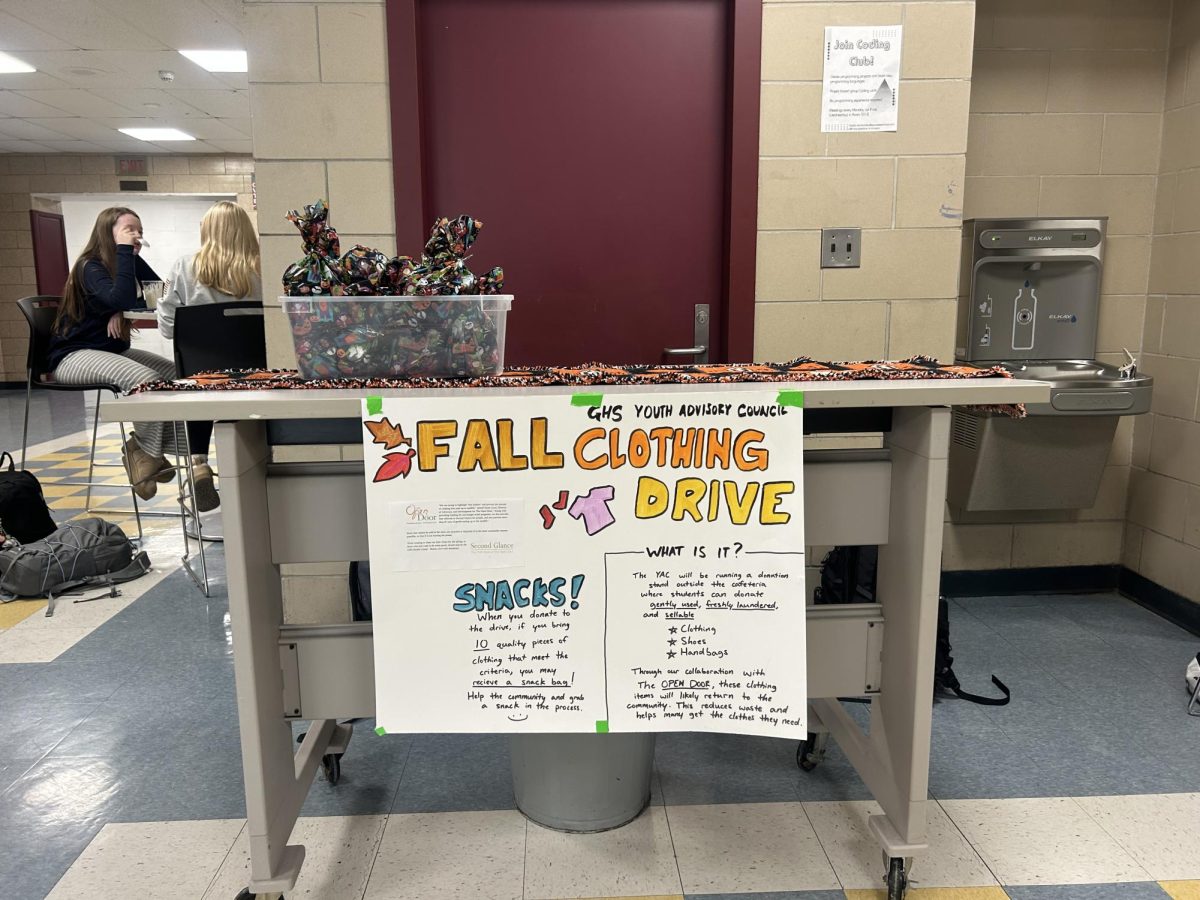








![The Volleyball team poses after their win. [Photo courtesy of GHS Volleyball]](https://thegillnetter.com/wp-content/uploads/2025/10/IMG_6936.jpg)



![The GHS/MERHS senior cross country runners pose together on Senior Night. [Photo courtesy of Manchester-Essex Athletics]](https://thegillnetter.com/wp-content/uploads/2025/10/Screenshot-2025-10-10-at-11.18.29-AM.png)




